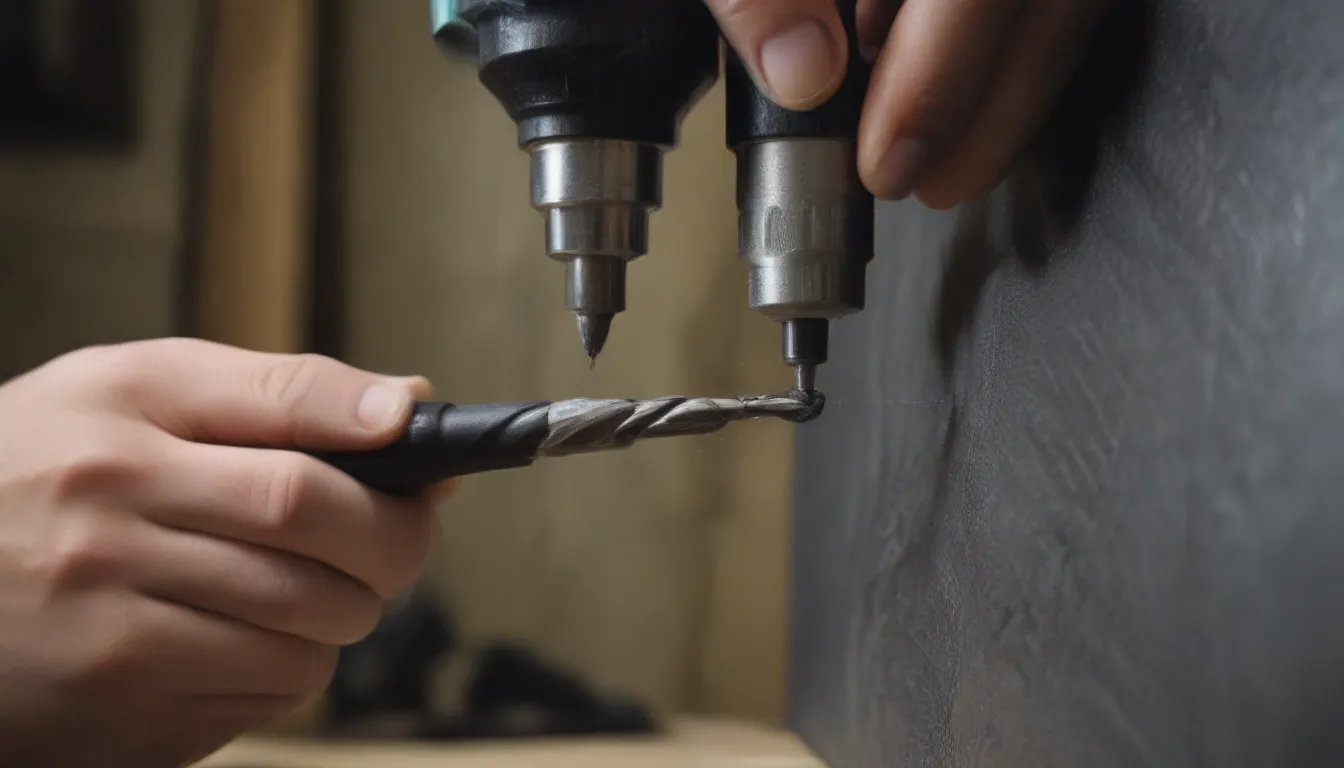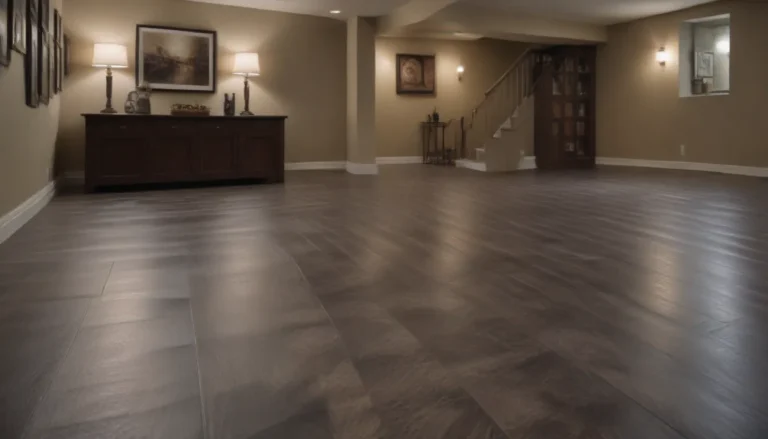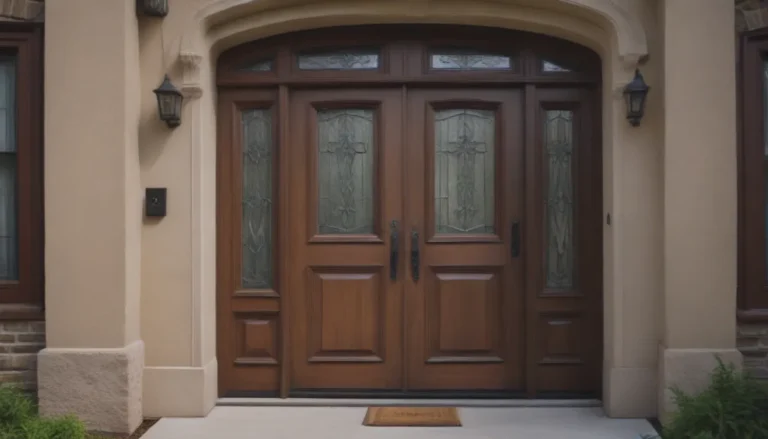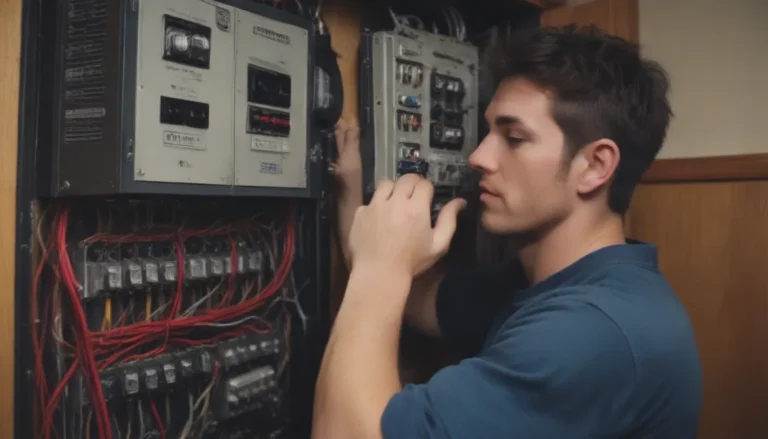Mastering the Art of Using a Drill: A Comprehensive Guide

If you’ve ever found yourself in need of drilling a hole for a new piece of furniture or fixing up your home, then a drill is an essential tool to have in your arsenal. Drills are incredibly versatile and can be used for a wide range of tasks, from hanging shelves to assembling furniture. In this comprehensive guide, we will delve into everything you need to know about using a drill the right way, including tips for buying the perfect drill for your needs and essential features to look out for.
Choosing the Right Drill for You
When it comes to choosing a drill, there are two main options to consider: corded or cordless drills. Corded drills offer reliability and strength, but they come with the restriction of being tied to an electric cord. On the other hand, cordless drills, powered by rechargeable lithium-ion battery packs, provide more freedom but can be pricier and prone to battery failure.
Here are some tips to help you choose the right power drill for your needs:
- For light work such as occasional shelf hanging, opt for a lightweight 4V, 8V, 12V, or 18V cordless drill.
- For mid-range DIY projects like hanging drywall, an 18-volt cordless drill is ideal.
- For heavy-duty work requiring constant use, consider investing in a 20-volt cordless drill or a corded power drill.
Remember to choose a drill based on your needs and abilities to ensure that you get the most out of your tool.
Essential Features of a Drill
All drills, whether cordless or corded, come with basic features that you should be familiar with:
- Chuck: This is the part of the drill that holds the drill bit in place.
- Clutch: The clutch helps control the torque of the drill, allowing you to adjust the speed and power based on the task at hand.
- Trigger: The trigger controls the speed of the drill.
- Power source: Whether corded or cordless, this is how the drill is powered.
Additionally, there are some optional features that you might find useful, such as a built-in light, driver bit holder, brushless motor, and side handle for added stability.
Types of Drill Bits and Drivers
Choosing the right drill bit or driver is essential for getting the job done efficiently. Here are some tips on selecting the right tools for the task:
- Drill bits: Make sure to choose the right size drill bit for the task at hand. Drill bit sets typically range from 1/16-inch to 1/2-inch sizes, with larger and smaller bits available separately.
- Driver bits: Select a driver bit that matches the fastener you are using, whether it’s a Phillips head, flat head, square head, or another type of driver shape.
Remember to choose the appropriate drill bit for the material you are working with, whether it’s wood, metal, or glass, to ensure clean and precise results.
Safety First: Tips for Safe Drill Use
Safety should always be a top priority when using power tools like drills. Here are some key safety considerations to keep in mind:
- Always wear eye and hearing protection when using a drill to protect yourself from potential hazards.
- Use a drill with a built-in or attachable side handle for better grip and control.
- When drilling downward, be sure to apply gentle pressure and let the drill do the work to avoid straining your hands or wrists.
By following these safety tips, you can ensure a safe and productive drilling experience.
How to Use a Drill Effectively
Now that you have chosen the right drill and equipped yourself with the necessary safety gear, it’s time to learn how to use a drill effectively. Here are some steps to guide you through the process:
- Select the Drill Bit or Driver: Choose the right drill bit or driver for the task at hand, ensuring that it matches the size and type of fastener you are using.
- Adjust the Drill’s Clutch: Set the drill to the appropriate speed and torque setting based on whether you are driving screws or drilling holes.
- Chuck in the Driver or Drill Bit: Use the drill’s keyless chuck to secure the driver or drill bit in place securely.
- Drill a Pilot Hole (Optional): For woodworking projects, consider drilling a pilot hole before driving the screw to prevent the wood from splitting.
- Place the Driver or Drill Bit: Position the drill bit or driver on the spot where you intend to drill or drive the fastener.
- Drill the Hole or Drive the Fastener: Apply gentle pressure on the drill and start drilling or driving the fastener at a steady pace.
- Press on the Drill: When necessary, apply gentle pressure on the drill to help guide it through the material.
- Remove the Drill Bit or Driver: Safely remove the drill bit or driver from the chuck once you have finished the task.
By following these steps, you can use a drill effectively and achieve professional results with ease.
Tips and Tricks for Using a Drill Like a Pro
- Open the drill’s chuck wide enough to insert the drill bit securely.
- Twist the chuck tightly by hand to ensure the drill bit is centered and secure.
- Consider investing in an 18V or 20V cordless rechargeable lithium-ion battery drill for versatility and power.
- Always have a drill on hand, as it is a versatile tool that can be used for a wide range of projects, from DIY tasks to home repairs.
In conclusion, mastering the art of using a drill is essential for any DIY enthusiast or homeowner looking to tackle projects around the house. By understanding how to choose the right drill, use it safely, and follow best practices, you can achieve professional results with ease. So, next time you need to hang a shelf or assemble furniture, reach for your trusty drill and get to work!





